Hidden Fire & Smoke Damage
It’s What You Don’t See that You Should be Concerned With…
The Scenario
You’ve had a fire and filed a claim with your homeowner’s insurance company. Your insurance company sent out a claims handler (adjuster) to inspect the damage and verify coverage. That should be the extent of the insurance company involvement, other than issue payment for the claim once the work is completed. This is the key point of this blog, the insurance company issuing payment before the work is thoroughly assessed and performed by restoration professionals.
A recent insurance industry trend is to have the adjuster assess the damage and write a repair estimate. They conveniently carry a computer that allows them to write what looks like a fairly technical looking repair estimate. They write you a check minus your deductible and they are off to the next loss. This is known in the insurance industry as a “one and done”, meaning in one brief appointment they have settled your claim. Fire and smoke damage is most often too complex to evaluate in a short visit by an adjuster.
A basic understanding of the behavior of smoke within the home can prevent making the mistake of accepting money to repair damage that may have not been visible to the adjuster. We are hoping to give you a reason to avoid the temptation of accepting payment based on an incomplete estimate.
Understanding the Behavior of Smoke
In high school physics class, we learned some basic principles of thermodynamics, primarily hot air rises, and cold air falls and heated materials are attracted to cold surfaces. Understanding these forces explains some of the behavior we see from smoke during a fire.
Using this as a basis for our understanding of the behavior of smoke, which fire location is more likely to inflict more damage to a home; basement, middle floor, or attic? All can result in severe damage but heated smoke from an attic fire, most often caused by a faulty bathroom fan or attic exhaust fan will likely escape out the soffits and attic vents, or if portions of the roof are burned through, smoke will escape through that opening. In most cases with attic fires, more damage is caused by water from firefighting.
As we discussed in the previous blog, middle floor fires (kitchen) can cause substantial damage. If you recall that fire was fueled by ample quantities of oxygen because most of the windows were open. That situation is rare. In most kitchen fires, the damage is often obvious, and the smoke produced by the incomplete combustion of fuels follows a visible path outward from the kitchen. Smoke may impinge on walls and ceiling as seen in the previous blog photos, but as the smoke starts to cool the fire residues carried by the smoke tend to fall out of the air stream and deposit on horizontal surfaces. Heated smoke will easily travel to an upper level, although the damage will be less intense, often only affecting horizontal surfaces. In most cases, the smoke from a fire on a middle level will not travel to lower (basement) levels unless aided by the forced air HVAC system (more on that in the next blog).
How Does Smoke get Behind Drywall?
As we discussed in our previous blog, during an active fire, heated smoke rises until it encounters an obstruction (i.e., a ceiling or wall). Any opening, we refer to a ‘penetration’, in drywall will allow smoke to enter the cavity behind the surface of the drywall. Examples include holes cut into drywall to mount light fixtures, install switches and outlets.
As we saw in the photos from the last blog, fire can destroy drywall introducing large amounts of smoke into the floor joist cavities from the level above and wall (framing studs) cavities. Once inside the cavities smoke encounters another obstruction, the underside of the subfloor of the floor above causing the smoke to try to escape through other penetrations (openings cut into the framing).
As you can see in the pictures below, this is the same house from the last blog. Once the kitchen walls and ceiling were removed, substantial amounts of smoke were found on the wood framing and core wall. In the adjacent living room, investigative demolition discovered openings cut into the floor joists to conceal the ductwork. Those openings (penetrations) allowed the pressurized smoke to travel into each joist cavity.
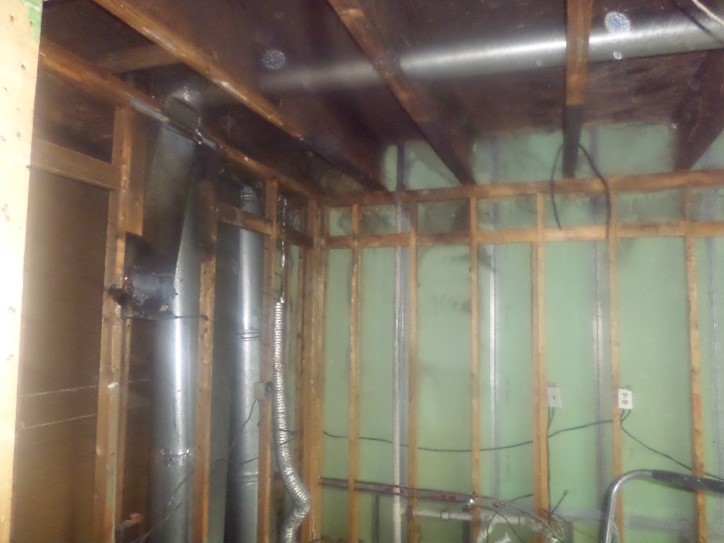
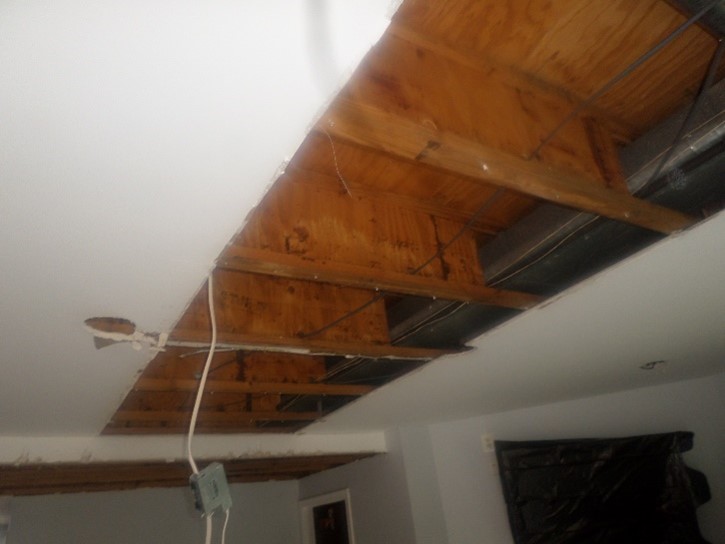
The answer to the question “is a basement fire”. Basements, particularly in older homes, are often below grade (ground level) resulting in fewer windows and doors, places where smoke can escape. As a result, the heat from the fire will quickly pressurize the basement and smoke will be searching for any place to escape as it tries to rise. This makes investigating basement fires and searching for pressurized smoke infiltration significantly more complicated.
Pressurized smoke will find any penetration (opening within the framing system) that will allow it to spread into another area. Penetrations behind drywall can be any hole or opening cut into framing for electrical wiring, plumbing and ductwork to feed from one area to another. These penetrations often lead to upper floors and the smoke may not be visible on the finished surfaces (drywall) of a room. This explains why damage from basement fires are the most difficult to assess, particularly without doing some exploratory demolition.
How to Know if Smoke is Behind Your Walls and Ceilings
Telltale signs that smoke has found its way inside the walls are visual observations of places where the smoke has found an escape route. The following photographs are examples of places to check for visible signs as well as potential hiding places.
Switch plates and outlet covers are easy places to start a visual inspection:

Another place to look for pressurized smoke is along baseboards:
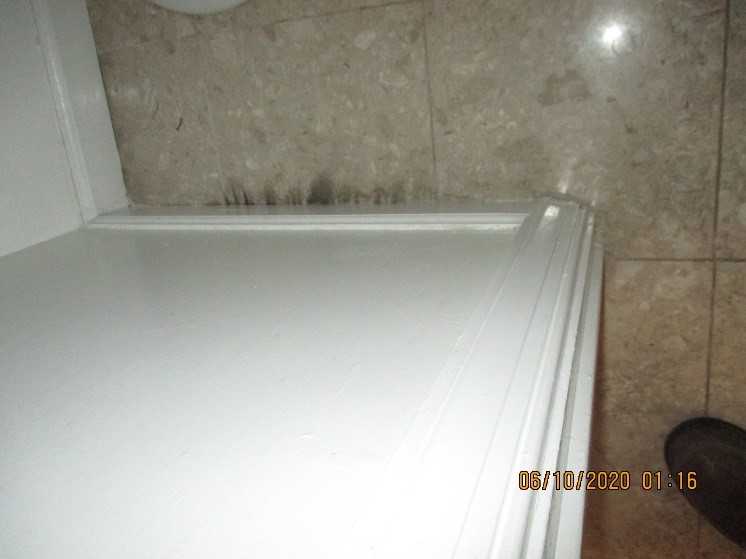
Sometimes there is no evidence of smoke behind walls yet the understanding of the behavior of smoke calls for an investigation:
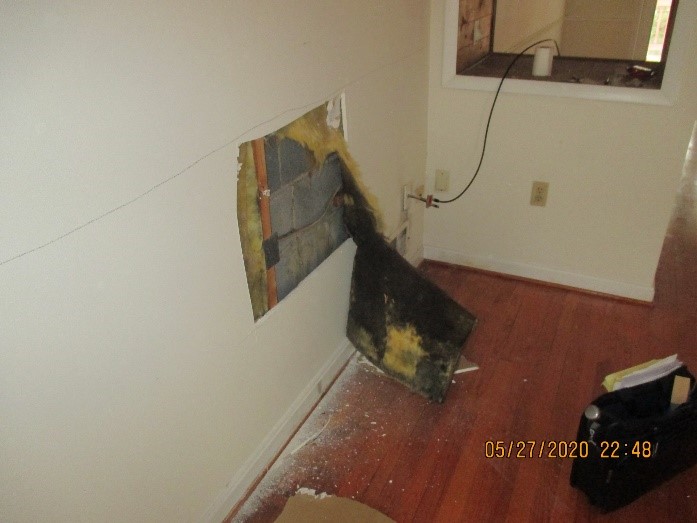
Mechanical chases (duct, plumbing, electrical) are excellent hiding places for smoke:
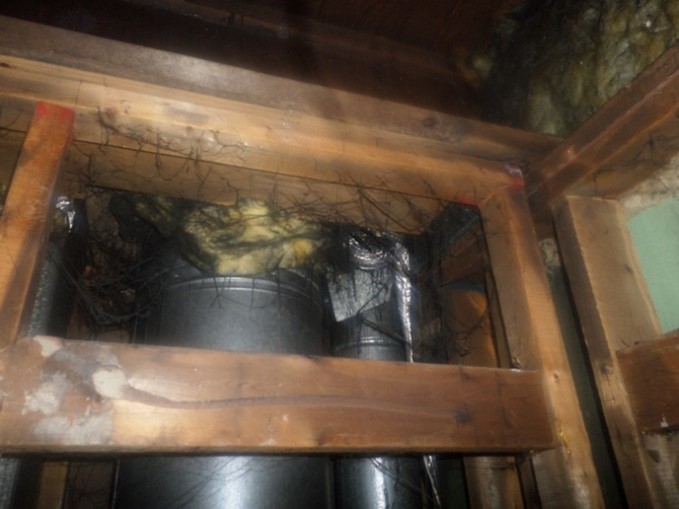
How about a fire that did not start inside the living areas of the home? Restorers need to look beyond the obvious, below is a picture of a fire that was contained to the garage built on the side of the house. The insurance adjuster said there was no damage to the inside until an investigation revealed a substantial amount of pressurized smoke found its way into the home.
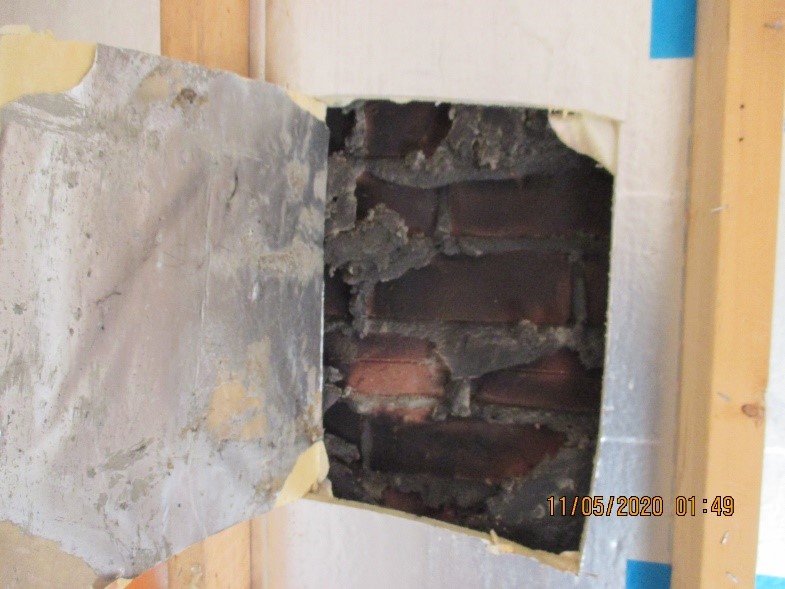
In another room opposite the garage, smoke pushed through a small opening (penetration) where electrical wiring was run and filled the joist cavity. Interesting to note that the smoke was fairly contained within that single cavity. This smoke had cooled substantially by the time it filled this cavity. Note the drywall adhesive on the underside of the joist also helped to keep the smoke from spreading to other cavities.
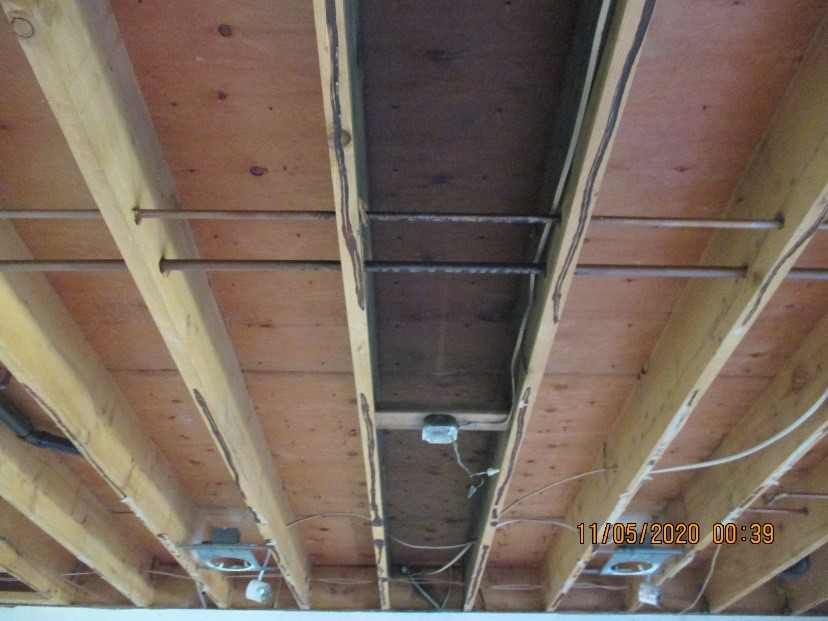
An understanding of the behavior of smoke is essential when performing thorough damage investigation. Just because you can’t see it doesn’t mean it’s not there, however, usually you can smell it. Fire-related odors often are undiscovered because the odor-emitting residues are still present and hiding within the home.
Fire Damage Restoration in Northern Virginia
If you are looking for professional fire and smoke damage restoration, RestorTech, Inc. is ready to help! Contact us at (703) 204-0401. Located in Herndon, VA, RestorTech proudly serves Fairfax, Arlington, Loudoun, and Prince William counties, as well as Alexandria, VA, and all nearby areas. For more information, see our FAQ and about us pages.